Theme
Theme
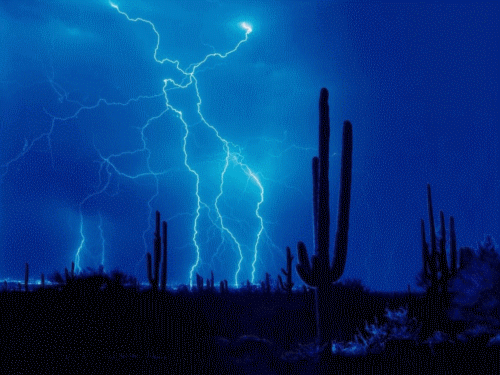
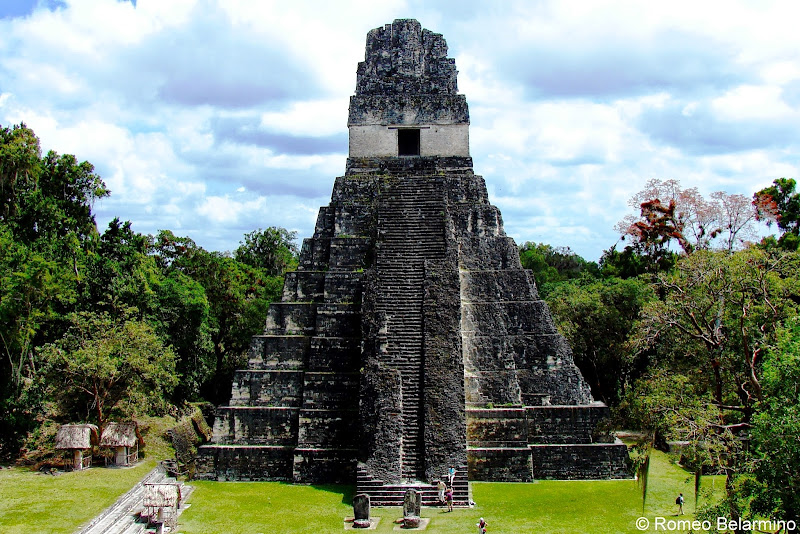


Autumn 1
Geography
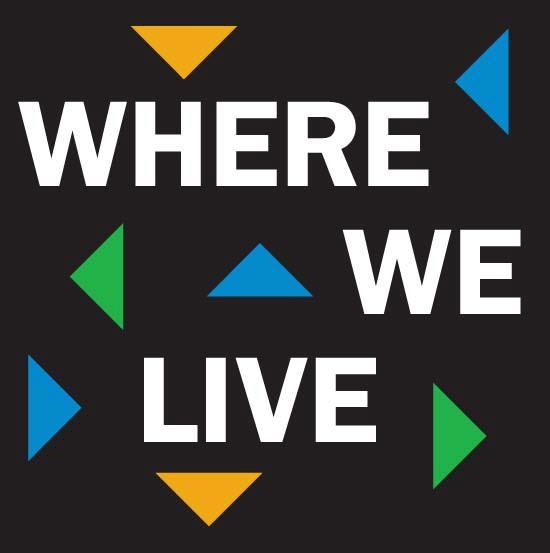
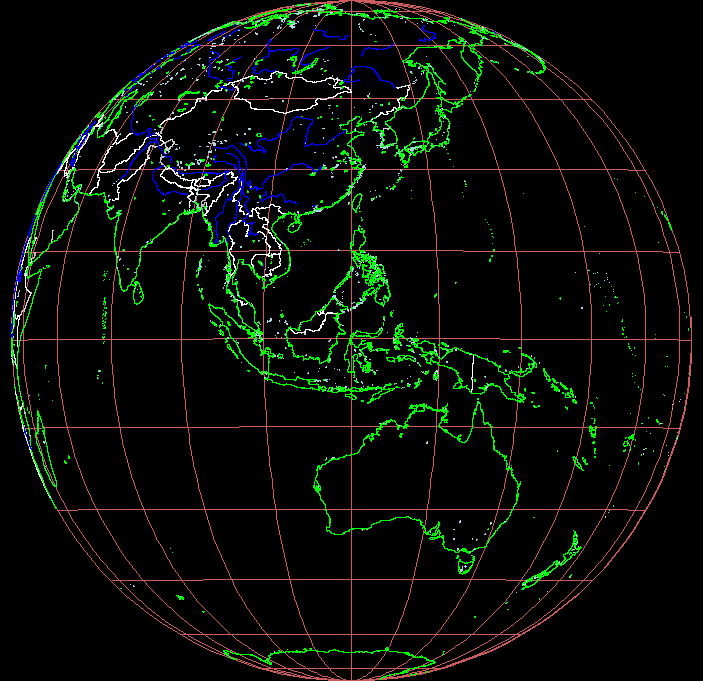
This week the children have been looking at Where We Live
Using DIGImaps, they looked at where they live locally and shops, hospitals and schools that surround Reedley. They discussed, in groups, what phyiscal and human features were and found them on the maps too.
A Digimap combines a unique blend of aerial photography with 3D interactive. Below are some examples:


![IMG_5480[1].JPG](/uploads/378/images/IMG_5480[1].JPG)
Continuing with Where We Live,the children have been looking at Greenland.
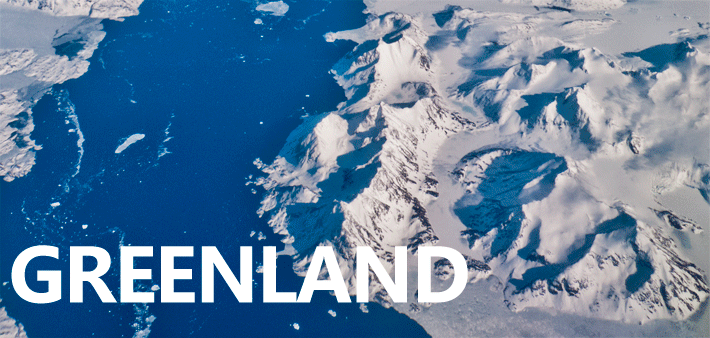
Greenland is an island country that is part of the Kingdom of Denmark. Two-thirds of Greenland lies above the Arctic Circle, creating frigid climate year-round. Greenlanders experience 24 hours of sunlight in the summer, with temperatures only reaching about 40°F (about 4°C), and almost complete darkness in the winter, when temperatures dip as low as minus 30°F (about minus 34°C).
The children began looking at the weather in Nuuk ( Capital of Greenland ) and Brierfield. They caompared both and began discussing the similarities.
![IMG_5561[1].JPG](/uploads/378/images/IMG_5561[1].JPG)
![IMG_5565[1].JPG](/uploads/378/images/IMG_5565[1].JPG)
![IMG_5814[1].JPG](/uploads/378/images/IMG_5814[1].JPG)
![IMG_5562[1].JPG](/uploads/378/images/IMG_5562[1].JPG)
![IMG_5815[1].JPG](/uploads/378/images/IMG_5815[1].JPG)
![IMG_5818[1].JPG](/uploads/378/images/IMG_5818[1].JPG)
Autumn 2
History
This term, the children will be studying The Mayan.
The Maya people lived in Mesoamerica which is made up of Mexico and part of Central America.
The Maya people are remembered for amazing creations, like their spectacular buildings and beautiful objects made from jade, a rare and valuable material.
They also invented groundbreaking ideas which have helped shape the way we live our lives today. For example, it’s thought that the Maya invented the idea of?'zero'.
The modern name for the Maya ancient city Yax Mutal was Tikal. Tikal was home to thousands of Maya people. Some of the city's ruins still stand today, including the temple of the Great Jaguar.

The Maya civilisation survived until 1600AD when they were conquered by Spanish invaders.
Did you know....
Almost all written texts were destroyed by a Catholic priest after the Spanish conquest in the 16th century AD which is why we do not know a lot about Maya writing.
Please click on the pictures below to find out more about the Mayan Civilisation
Come back later to see how the children got on.
![IMG_5828[1].JPG](/uploads/378/images/IMG_5828[1].JPG)
![IMG_5770[1].JPG](/uploads/378/images/IMG_5770[1].JPG)
![IMG_5769[1].JPG](/uploads/378/images/IMG_5769[1].JPG)
![IMG_5861[1].JPG](/uploads/378/images/IMG_5861[1].JPG)
.JPG](/uploads/378/images/IMG_5862[1](1).JPG)
![IMG_5864[1].JPG](/uploads/378/images/IMG_5864[1].JPG)
7th December 2022
Music
This week, the children will be looking at the life of Dame Vera Lynn.
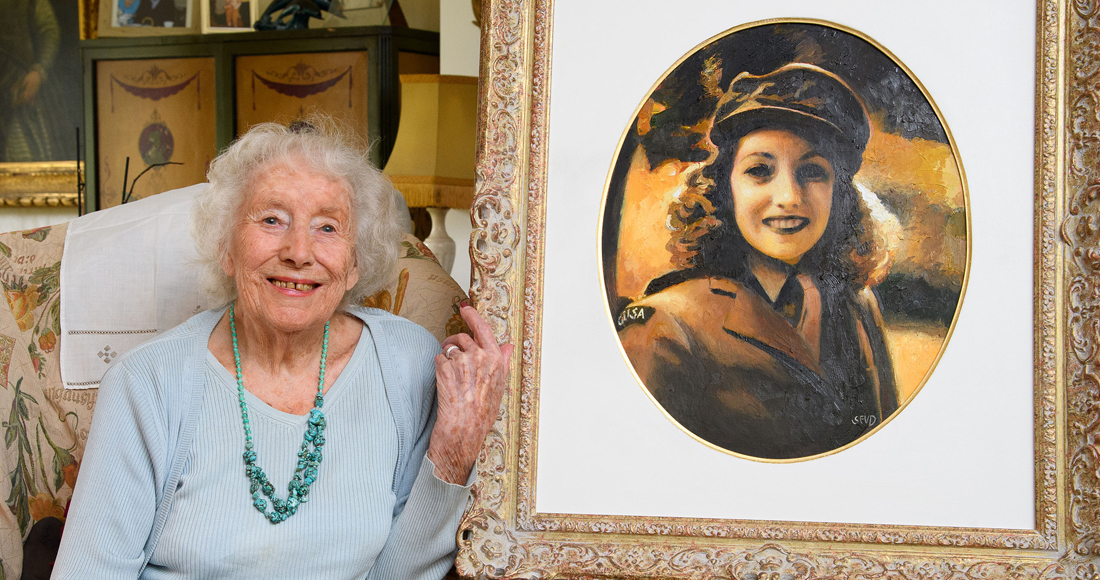
Who was she?
Vera Lynn was known as ‘The Forces’ Sweetheart’.
She is most famous for being a singer with hugely popular recordings during the Second World War.
Vera Margaret Welch (as she was named) was born on 20th March 1917 in London during the First World War.
She started singing in clubs from the age of seven, which is when she adopted her grandmother’s maiden name ‘Lynn’. She was also a member of a dance troupe until the age of fifteen.
By the age of 11, she had left school to tour around the country singing with bands.
The Second World War
During air raids in London, Vera Lynn would go into the underground stations where people were sheltering and sing to them to keep spirits up.
She joined ENSA, which helped to keep up spirits in the war effort.
The event that really made her name was singing for the troops in Burma (where many performers wouldn’t go). She wore a specially-made uniform and performed on the back of a Jeep.
She called the soldiers her ‘boys’.
In 1941, she also started her own radio programme entitled ‘Sincerely Yours’, which sent messages to soldiers serving in the war.
The children have been listening to two of her famous song, We'll Meet Again and White Cliffes of Dover.
Please ask your children about her and see if they can perform one of the songs for you. They have been practsing.
Below are two clips of the songs.
Spring 1
History
This term, the children will be looking why did Britain go to war In 1939?
Britain and France declare war on Germany On September 3, 1939, in response to Hitler’s invasion of Poland, Britain and France, both allies of the overrun nation declare war on Germany.

Did you know that The Battle of Britain was named before it even happened.
On the 18th June 1940, Winston Churchill said " The Battle of France is over. The Battle of Britain is about to begin."
The Battle of Britain began on the 10th July 1940.
Geography
Changes during the
This term, the children will be looking at how things have changed since the war ended.
They will be looking at similarities and differences they have noticed. The children will be allowed time to immerse themselves in maps and work in groups/pairs to compare the past with the present.
What does Urban area mean?
Urban areas are very developed, meaning there is a density of human structures such as houses, commercial buildings, roads, bridges, and railways.
What does Rural area mean?
Rural areas are the opposite of urban areas. Rural areas, often called "the country," have low population density and large amounts of undeveloped land.
Children have been researching where Burnley, Manchester and other UK cities.
![IMG_E6068[1].JPG](/uploads/378/images/IMG_E6068[1].JPG)
Please click on the picture below to understand what are human and physical features
Spring 2
 Reedley Primary School
Reedley Primary School![IMG_5479[1].JPG](/uploads/378/images/IMG_5479[1].JPG)
![IMG_5568[1].JPG](/uploads/378/images/IMG_5568[1].JPG)
![IMG_5813[1].JPG](/uploads/378/images/IMG_5813[1].JPG)
![IMG_5874[1].JPG](/uploads/378/images/IMG_5874[1].JPG)
![IMG_5773[1].JPG](/uploads/378/images/IMG_5773[1].JPG)
![IMG_5865[1].JPG](/uploads/378/images/IMG_5865[1].JPG)
![IMG_5867[1].JPG](/uploads/378/images/IMG_5867[1].JPG)


![IMG_E6069[1].JPG](/uploads/378/images/IMG_E6069[1].JPG)
![IMG_E6070[1].JPG](/uploads/378/images/IMG_E6070[1].JPG)
![IMG_E6072[1].JPG](/uploads/378/images/IMG_E6072[1].JPG)